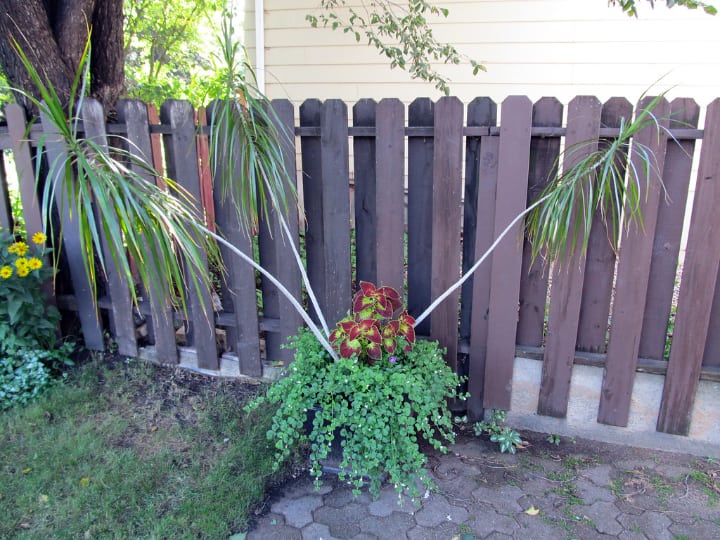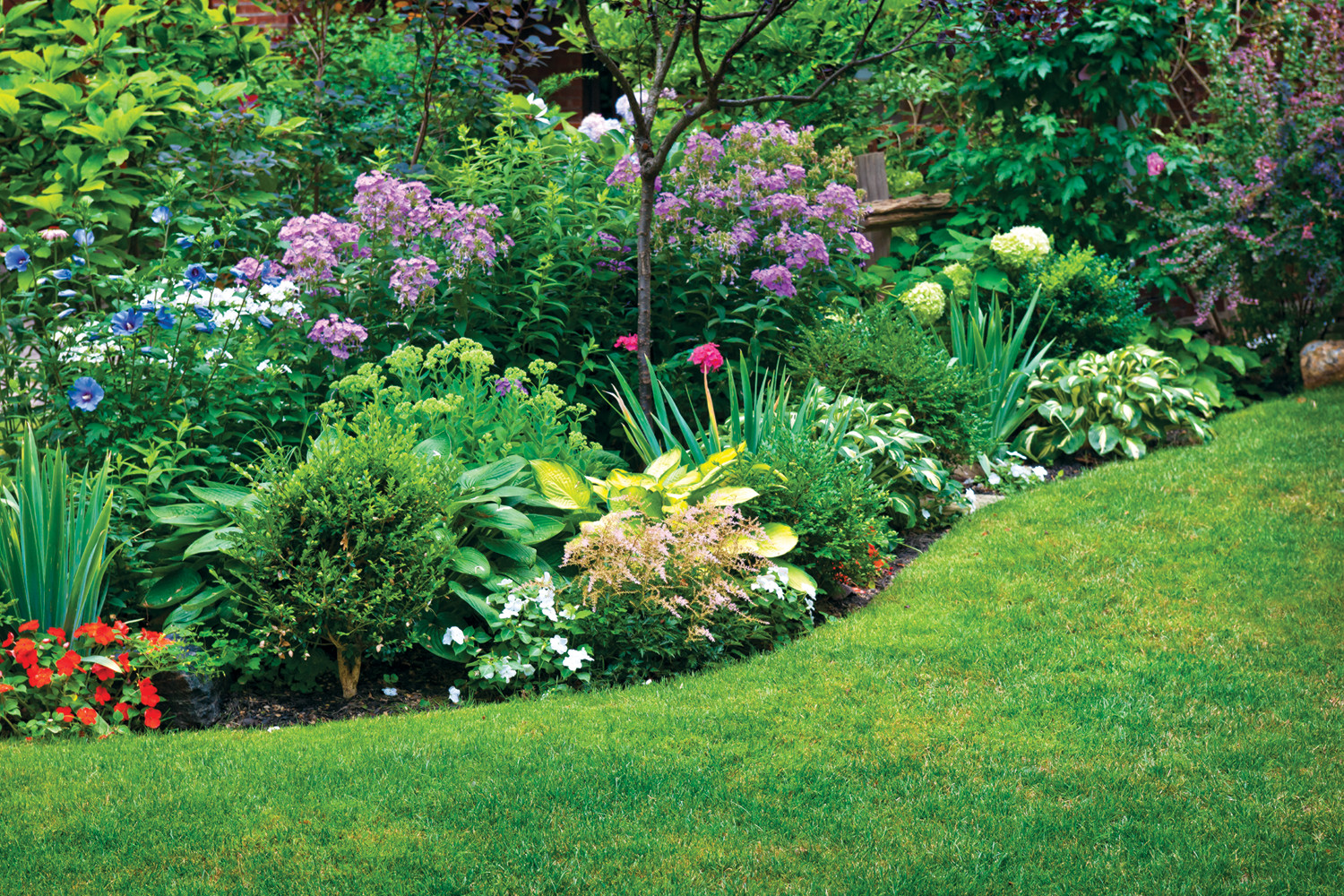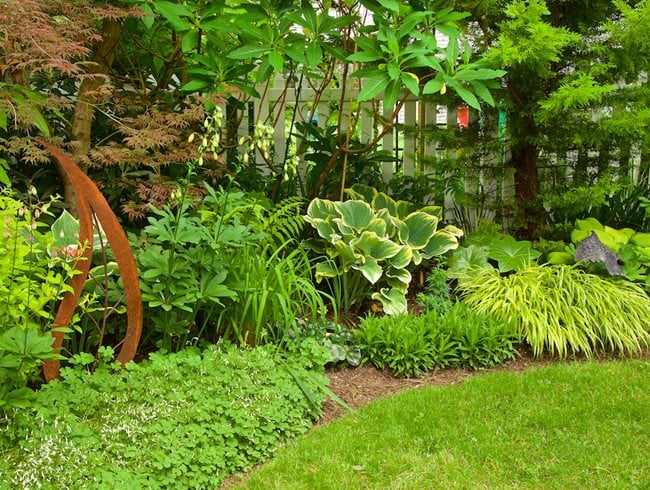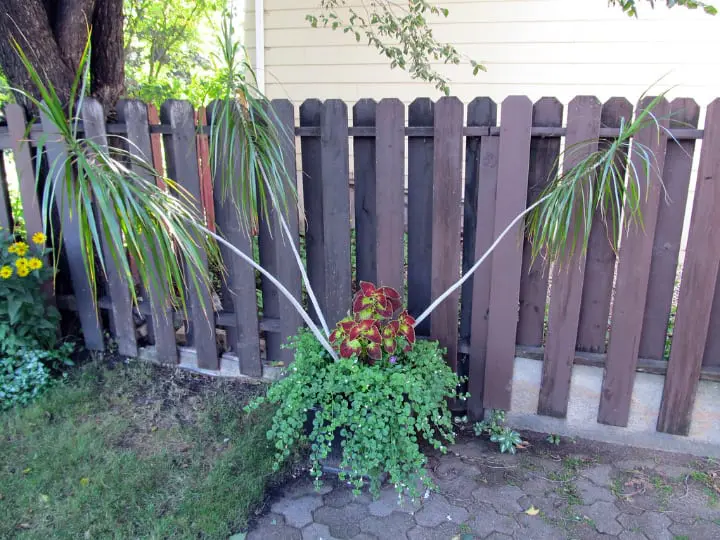
Not all plants love basking in the sun, and that’s where shade plants come in! Whether you have a shady spot in your garden or want to add a touch of greenery indoors, shade plants allow you to create a beautiful space without worrying about direct sunlight. They’re not just easy to grow but also offer stunning foliage and vibrant blooms.
In this guide, we’ll dive into everything you need to know about shade plants, from what they are, to the best types, and some helpful growing tips to ensure they thrive. Let’s get started!
What Are Shade Plants?
:max_bytes(150000):strip_icc()/summer-flowers-grow-shade-plantain-lily-getty-0623-4fb7c640ab2f4f24ae6d34e7f9a955a2.jpg)
The term “shade plants” might sound a bit confusing, especially if you’re new to gardening. Simply put, shade plants are any plants that thrive in low-light conditions. These plants don’t need a lot of direct sunlight to grow, which makes them perfect for areas in your garden that are shaded for most of the day, or even for indoor spaces with less sunlight.
Some people distinguish between “shade-loving” and “shade-tolerant” plants, but in general, they both refer to plants that do well in shady conditions.
Different Types of Shade Plants
To further enhance your shade garden and incorporate more advanced ideas, consider the following innovative planting techniques, companion plants, and design concepts. These will not only help you get the most out of your shady spaces but also elevate the beauty and functionality of your garden.
Advanced Shade Garden Design Ideas
1. Layered Shade Garden
- Create a multi-layered garden by planting taller shade-loving plants like Ligularia or Aconitum in the back, while using shorter varieties like Viola or Corydalis in the front. This approach mimics natural forest environments, providing depth and visual interest to your garden.
- Bonus Tip: Add groundcovers like Lungwort or Dead Nettle at the base to fill in gaps and create a lush, dense feel.
2. Shady Pathways

- Design winding paths through your garden with shade-loving plants flanking both sides. Use Hostas, Astilbe, or Toad Lily along the edges to frame the path. This adds elegance and makes walking through your garden feel like an enchanting journey.
- Consider incorporating stepping stones, which allow the plants to grow around them, creating a harmonious look between man-made and natural elements.
3. Shade Garden for Pollinators
- Plant Solomon’s Seal, Astilbe, and Violas alongside other pollinator-friendly flowers like Lungwort or Corydalis. These flowers will attract bees, butterflies, and hummingbirds to your garden, helping to support local wildlife while brightening up shaded areas.
- Tip: Use a mix of early-blooming plants like Viola and late-blooming varieties like Astilbe to ensure a continuous food source for pollinators throughout the season.
4. Winter Interest in Shade Gardens

- Hellebore (Lenten Rose) is an excellent choice for providing winter interest, as it blooms in late winter or early spring, adding color during the colder months. Combine it with evergreen shrubs like Boxwood or Japanese Holly to create year-round beauty.
- Bonus Tip: Incorporate frost-tolerant ferns like Dryopteris wallichiana for a winter-ready, low-maintenance shade garden.
5. Foliage-Focused Shade Garden
- For a garden that thrives year-round, focus on the foliage. Plants like Hostas, Ligularia, and Coral Bells (Heuchera) offer stunning leaf textures and colors. Combine large-leaved varieties with smaller, delicate plants for contrast.
- Tip: Pair Astilbe’s feathery flowers with bold Ligularia or Corydalis foliage for a balanced look.
6. Shade Garden with Color Contrasts

- Create visual drama by pairing plants with contrasting colors. The soft greens and blues of Solomon’s Seal can be paired with the deep purples of Ligularia or Toad Lily. These contrasting colors add depth and vibrancy to a shaded space.
- Bonus Tip: Consider adding Coral Bells (Heuchera) in dark hues to enhance the contrast with lighter foliage and flowers.
7. Container Shade Garden
- If you don’t have a lot of ground space or want to create a focal point in a shady area, plant shade-loving plants in containers. Ground Orchids (Bletilla), Spiderwort, and Hellebores work wonderfully in containers, especially when combined with trailing plants like Lungwort.
- Tip: Choose containers with good drainage and use a high-quality potting mix to ensure your plants thrive.
8. Shade and Water Garden Combination

- Combine water-loving plants like Astilbe with other shade-loving varieties to create a serene, tranquil garden. You can include small water features such as fountains or birdbaths surrounded by plants like Viola and Solomon’s Seal for added elegance.
- Bonus Tip: Plant Solomon’s Seal near water sources to provide a natural, water-inspired aesthetic in your garden.
9. Shady Edible Garden
- If you’re interested in edible plants, consider growing shade-tolerant herbs like Mint or Lemon Balm alongside Violas or Corydalis. These plants will add fragrance, flavor, and beauty to your shaded garden.
- Tip: Use Solomon’s Seal and Hostas as companion plants to provide structural balance while still allowing edible plants to thrive in the shade.
10. Woodland-Inspired Shade Garden

- Create a woodland-inspired shade garden by combining Ferns, Corydalis, and Toad Lily. Include taller plants like Aconitum or Ligularia to mimic the layers of a forest floor. This design works beautifully in larger shaded areas and can create a natural, wild aesthetic.
- Bonus Tip: Add a few decorative stones, logs, or small sculptures to make the space feel more natural and inviting.
11. Shade Garden with Multi-Seasonal Interest
- Plan your shade garden so that it offers something new throughout the year. Early spring bloomers like Corydalis can be followed by summer bloomers like Astilbe, and then late bloomers like Toad Lily or Aconitum. This ensures a garden that’s always interesting and dynamic.
- Tip: Integrate evergreen plants like Japanese Holly and Ferns to keep the garden attractive even in winter months.
12. Shady Garden with Groundcovers
- For a low-maintenance shade garden, consider using groundcovers such as Dead Nettle or Lungwort. These plants spread quickly and provide excellent coverage for areas where you need plants that can handle dry shade and foot traffic.
- Bonus Tip: Combine these groundcovers with plants like Hellebores or Hostas to create a dense, layered look.
Shade Plant Companion Ideas

- Violas and Toad Lilies are great companions for a burst of color in a shaded area.
- Astilbe works well with Ferns or Solomon’s Seal for textural contrast.
- Hostas can be paired with Corydalis for contrasting foliage and color.
- Lungwort and Dead Nettle make excellent groundcover companions for more structured plants like Aconitum or Ligularia.
By incorporating these advanced strategies and ideas, you can transform your shade garden into a stunning, vibrant space that thrives throughout the year. Whether you are looking to create a woodland retreat or a colorful oasis, there are endless possibilities to explore. Happy gardening!
Shade Garden FAQs
1. What are the best plants for a shade garden?
There are many beautiful plants that thrive in shady conditions, including:
- Ferns: Ferns like Japanese Painted Fern and Lady Fern are perfect for shade and add a delicate texture.
- Hostas: Known for their large, attractive leaves, hostas come in various colors and sizes.
- Astilbes: These flowering plants thrive in partial to full shade and produce lovely feathery flowers.
- Heuchera (Coral Bells): Heuchera has vibrant foliage in shades of red, purple, and green, making it an eye-catching addition to any shady garden.
- Lungwort (Pulmonaria): A perennial with striking foliage and springtime flowers, ideal for shaded areas.
2. How much sunlight does a shade garden need?
A shade garden generally refers to areas that receive less than 4 hours of direct sunlight per day. There are different levels of shade:
- Full shade: Less than 2 hours of direct sunlight each day.
- Partial shade: 2–4 hours of direct sunlight, with protection from the harsh afternoon sun.
- Dappled shade: Light filtering through trees or structures, which allows plants to receive indirect sunlight.
For shade-loving plants, it’s important to understand whether your garden gets full or partial shade to choose the right plants.
3. How do I improve the soil in a shade garden?
Shade gardens often have moist, rich soil. However, it can sometimes be dense or poorly draining. To improve the soil:
- Add organic matter like compost, leaf mold, or well-rotted manure to improve texture and drainage.
- Mulch regularly to retain moisture and keep roots cool.
- Test the pH: Many shade plants prefer slightly acidic soil. Add sulfur or lime to adjust pH if necessary.
4. How can I make my shade garden more colorful?
Adding color to a shade garden is easier than you might think:
- Choose flowering plants like Astilbes, Begonias, and Solomon’s Seal that bloom in a variety of colors.
- Incorporate variegated foliage plants such as Hostas, Heuchera, or Lungwort for vibrant leaves.
- Add brightly colored accents with containers, garden statues, or outdoor decor.
- Use perennials with different bloom times, ensuring color throughout the seasons.
5. How do I create a woodland garden in the shade?
A woodland garden is perfect for a shady spot and can mimic the natural beauty of forests. To create a woodland retreat:
- Use native plants like Trilliums, Virginia Bluebells, and Woodland Phlox.
- Include ground covers like Creeping Jenny, Wild Ginger, or Sweet Woodruff to create a lush carpet.
- Layer your plants: Place taller plants in the back and shorter plants in the front to create depth and structure.
- Add natural elements like logs, stones, and small water features to enhance the woodland feel.
6. What are the best low-maintenance plants for a shade garden?
If you’re looking for low-maintenance plants that will thrive in shady spots, consider:
- Japanese Forest Grass (Hakonechloa macra): An ornamental grass that adds movement and texture.
- Brunnera: A perennial with heart-shaped leaves and blue flowers that require little care.
- Solomon’s Seal: An elegant plant that is tolerant of shady conditions and requires minimal care.
- Toad Lilies (Tricyrtis): These plants are low-maintenance and have beautiful orchid-like flowers.
- Lungwort: A shade-loving ground cover that is easy to grow and adds color with its speckled leaves.
7. How can I prevent pests in my shade garden?
Shade gardens are often damp, which can attract pests like slugs, snails, and aphids. To prevent them:
- Mulch with materials like bark or gravel, which can discourage slugs and snails.
- Hand-pick pests like aphids and caterpillars.
- Use natural deterrents such as neem oil or insecticidal soap to control pest populations.
- Encourage natural predators like birds and ladybugs that help keep pests in check.
8. Can I add a water feature to my shade garden?
Yes, water features can be a beautiful addition to a shade garden, as long as they are placed in areas where they won’t dry out. Consider:
- A small pond or fountain surrounded by shade-loving plants like ferns and hostas.
- Water-loving plants such as Water Lilies, Sweet Flag, or Japanese Iris can add a splash of color and texture around the water feature.
- Ensure that the water feature is well-maintained to prevent stagnant water, which could become a breeding ground for mosquitoes.
9. How do I care for shade garden plants during the winter?
Many shade-loving plants are hardy, but during winter, they may need some extra protection:
- Mulch around the base of plants to insulate the roots and keep the soil moist.
- Cover sensitive plants with burlap or frost cloth to protect them from harsh winter winds.
- Cut back dead growth in late winter or early spring to promote healthy new growth.
- If your area experiences freezing temperatures, consider using plant blankets or cold frames for extra protection.
10. What is the best way to water my shade garden?
Shade gardens often retain moisture better than sunny gardens, but they still require regular watering. Here are some tips:
- Water deeply to encourage root growth, especially during dry spells.
- Water in the early morning or late afternoon to minimize evaporation.
- Avoid over-watering: Check the soil moisture regularly to prevent waterlogged conditions, which can lead to root rot.
Conclusion
Transforming your shade garden into a lush, vibrant oasis is possible with the right plant choices, soil preparation, and creative planning. Whether you’re aiming for a serene woodland retreat or a colorful, low-maintenance garden, there are countless possibilities for shade-loving plants and design ideas. By incorporating a mix of flowers, foliage, and natural elements, you can create a beautiful space that thrives throughout the year. With a little planning and care, your shade garden can become a peaceful retreat and a visual delight. Happy gardening!

